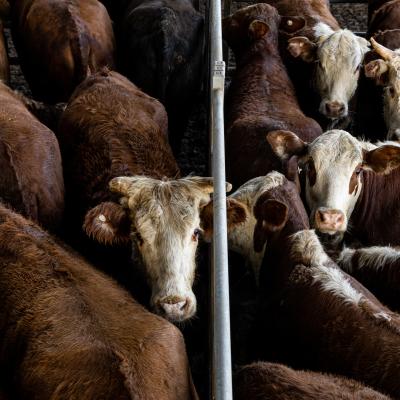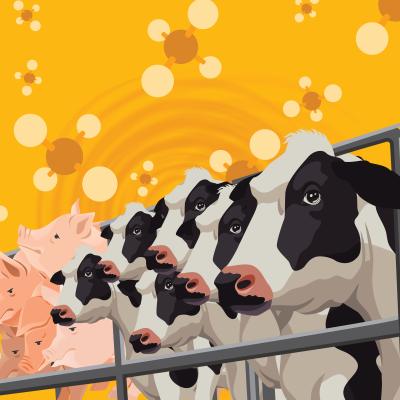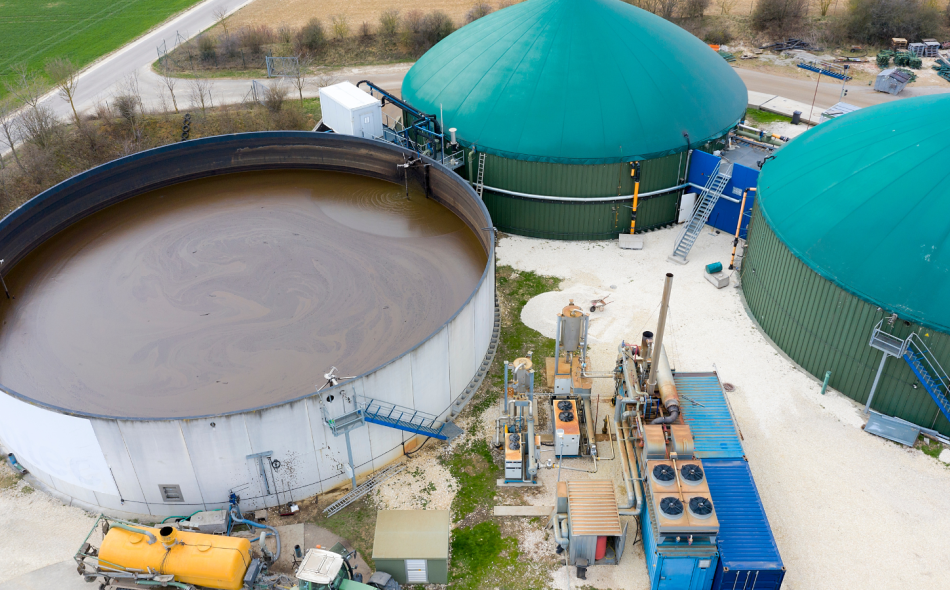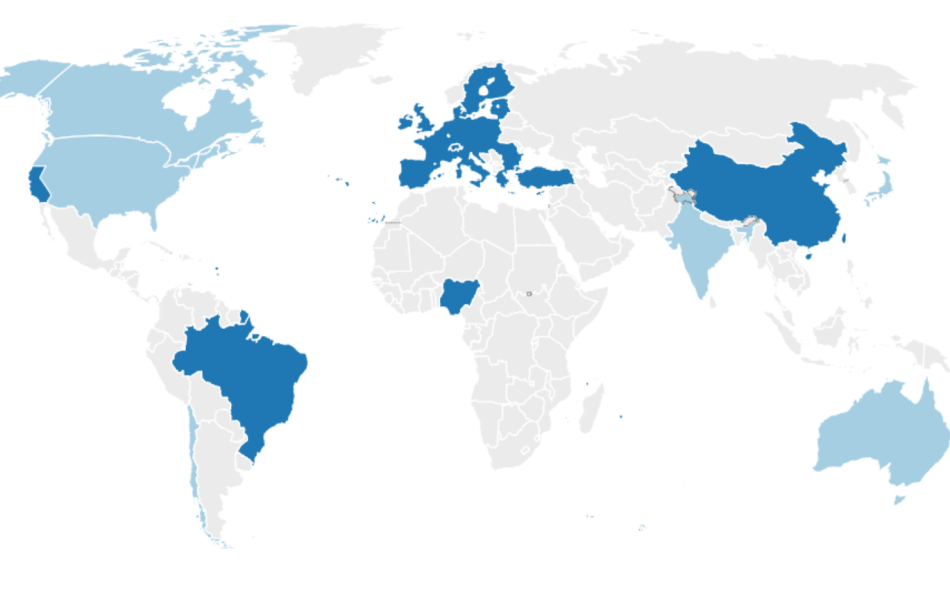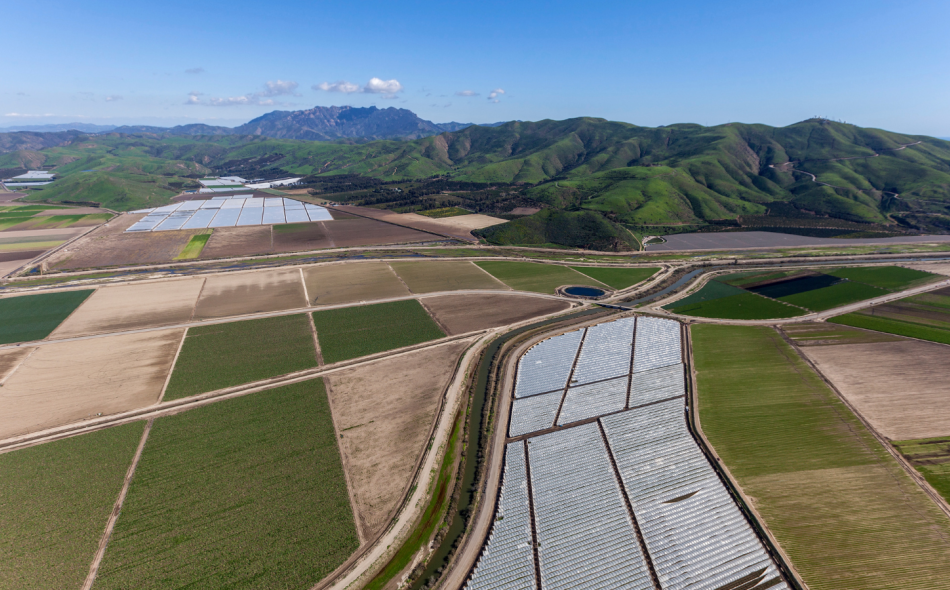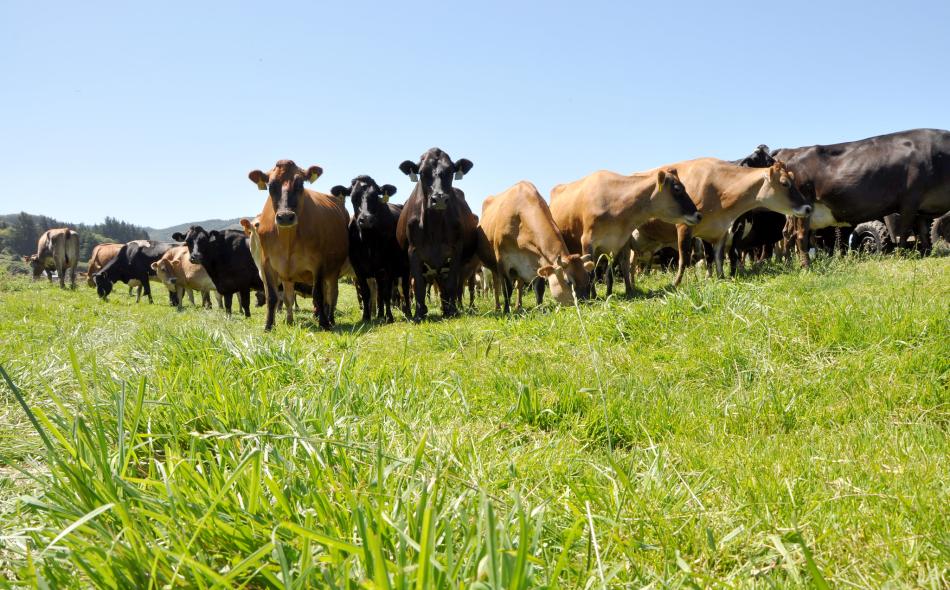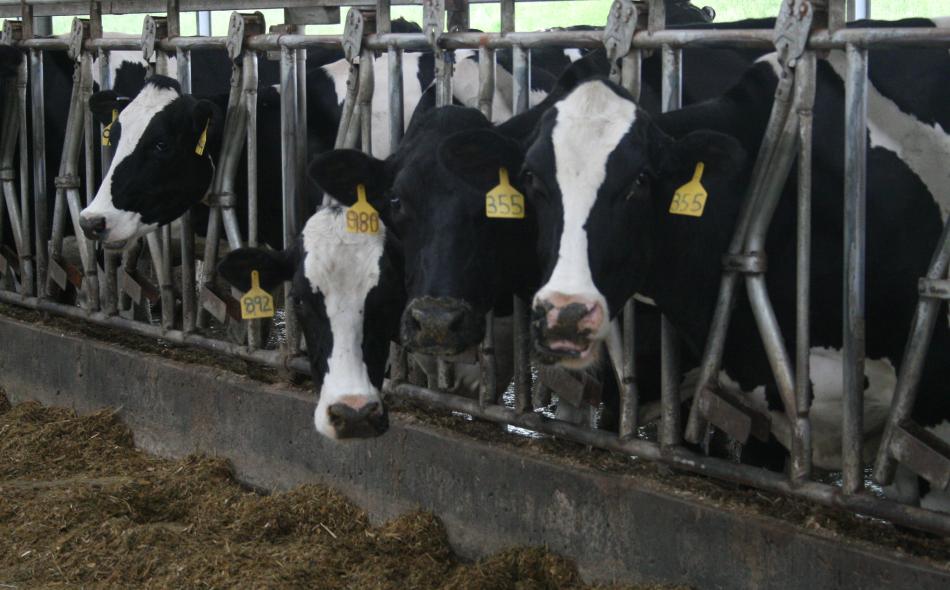The factory farm system of livestock production is a major source of agriculture’s greenhouse gas (GHG) emissions, particularly the potent GHG methane.
|
Gas/Source
|
1990 |
2005 |
2018 |
2019 |
2020 |
2021 |
2022 |
| CH4 |
241.7 |
264.4 |
285.0 |
280.2 |
282.2 |
281.8 |
276.8 |
| Enteric Fermentation |
183.1 |
188.2 |
196.8 |
197.3 |
196.3 |
196.5 |
192.6 |
| Manure Management |
39.1 |
55.0 |
67.7 |
66.7 |
66.9 |
66.4 |
64.7 |
| Rice Cultivation |
18.9 |
20.6 |
19.9 |
15.6 |
18.6 |
18.3 |
18.9 |
| Field Burning of Agricultural Residues |
0.5 |
0.6 |
0.6 |
0.6 |
0.6 |
0.6 |
0.6 |
| N2O |
302.3 |
309.5 |
350.2 |
332.6 |
309.2 |
315.3 |
308.0 |
| Agricultural Soil Management |
288.8 |
294.1 |
333.4 |
315.6 |
292.1 |
298.0 |
290.8 |
| Manure Management |
13.4 |
15.2 |
16.6 |
16.8 |
16.9 |
17.1 |
17.0 |
| Field Burning of Agricultural Residues |
0.2 |
0.2 |
0.2 |
0.2 |
0.2 |
0.2 |
0.2 |
| Total: |
551.1 |
581.8 |
642.2 |
620.0 |
599.6 |
604.8 |
593.4 |
| Note: Totals include CO2 emissions. |
|
|
|
|
|
|
|
Source: EPA, Trends in Greenhouse Gas Emissions and Removals.
This system was designed for global meat and dairy companies to maximize production while externalizing costs, such as water and air pollution, and driving consolidation, squeezing small and mid-sized farmers out.
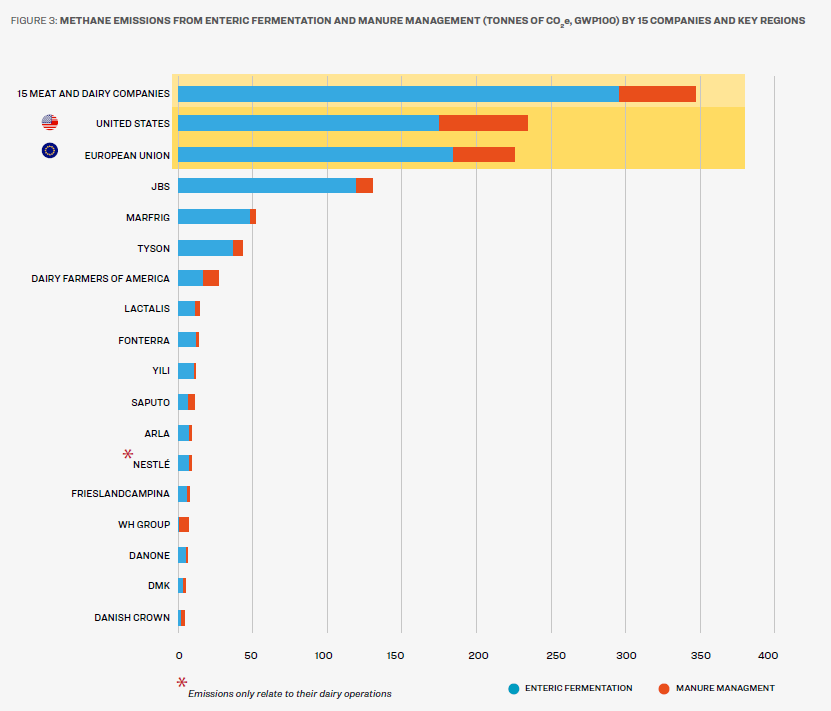
Sources: Emissions Impossible: Methane Edition. Meat and dairy companies: calculated by Changing Markets and IATP (2020–1); Regions: UNFCC greenhouse gas inventory (2020) https://di.unfccc.int
Policies at the state, national and international level prop up this factory farm system.
IATP spotlights the challenge of reducing emissions stemming from factory farms and calls for policy reforms that can improve the system for farmers, workers and the planet.
Industrial Livestock
Discover more of IATP's work on industrial livestock.
Featured reports & projects

[Watch] Livestock Methane: Identifying gaps to advance meaningful solutions

Discover more of IATP's work at the intersection of climate change and agriculture.



